
Bethany Brookshire was a longtime staff writer at Science News Explores and is the author of the book Pests: How Humans Create Animal Villains. She has a B.S. in biology and a B.A. in philosophy from The College of William and Mary, and a Ph.D. in physiology and pharmacology from Wake Forest University School of Medicine. She was a 2019-2020 Knight Science Journalism Fellow at MIT, the winner of the Society for Neuroscience Next Generation Award and the Three Quarks Daily Science Writing Award, among others.

All Stories by Bethany Brookshire
-
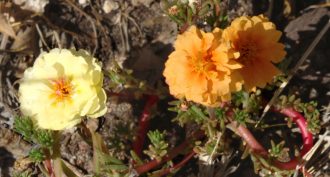 Genetics
GeneticsScientists Say: Mutation
Information in an organism is stored in a code. Here’s the word scientists use to describe a change in that code.
-
 Chemistry
ChemistryScientists Say: Keratin
Keratin is a fibrous protein that gives our nails and hair their strength.
-
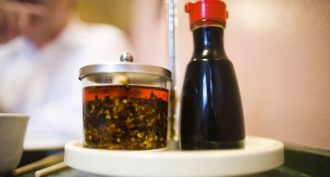 Health & Medicine
Health & MedicineScientists Say: Umami
What’s the word for something savory? Umami is a taste, and is often described as being meaty.
-
 Health & Medicine
Health & MedicineThe most popular stories of 2015
Our readers love to read about health and wellness. Check out which stories were most popular.
-
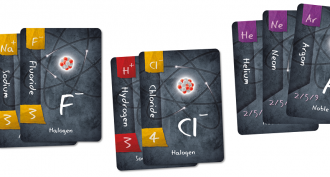
Give a holiday gift of science
Science-themed gifts can be a lot of fun. These offer experiences that entertain and teach.
-
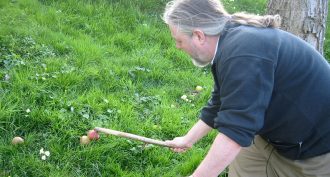 Chemistry
ChemistryScientists Say: Joule
A joule is the amount of work done when a force of one newton moves an object one meter. It’s also the energy required to produce one watt for one second.
-
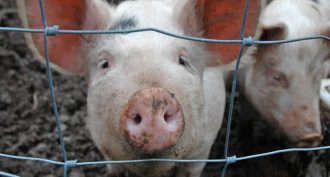 Agriculture
AgricultureNew gene resists our last-ditch drug
Antibiotic resistance continues to grow. Now, scientists have found a tiny loop of DNA that resists a drug doctors use as a last line of defense.
-

Most needy don’t attend free online courses
Massive open online courses, or MOOCs, were supposed to make first-class college offerings free to the masses. But new data show that people who would benefit most from these classes are not who are attending them.
-
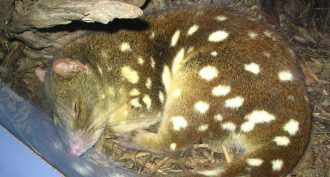 Animals
AnimalsScientists Say: Quoll
This small marsupial is about the size of a housecat. It lives in Australia and New Guinea, where it is under threat from toxic toads.
-
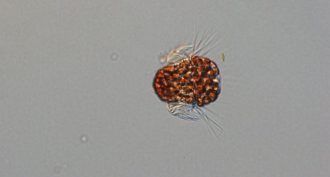 Oceans
OceansScientists identify plankton from space
Plankton are often too tiny for our eyes to see. But when huge numbers bloom at once, they now can be ID’d from space, a new study shows.
-
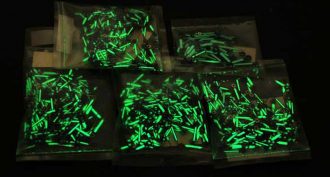 Chemistry
ChemistryScientists Say: Radioactive
Some atoms have unstable centers. They periodically give off energy. This activity has a special description.
-
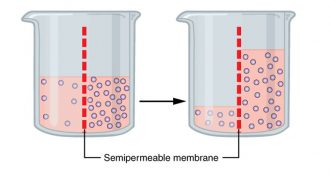 Chemistry
ChemistryScientists Say: Osmosis
When two solutions are separated by a membrane where only the liquid can cross, the liquid will move from the side with a low concentration of dissolved materials to the side with a higher concentration. This movement has a special name.